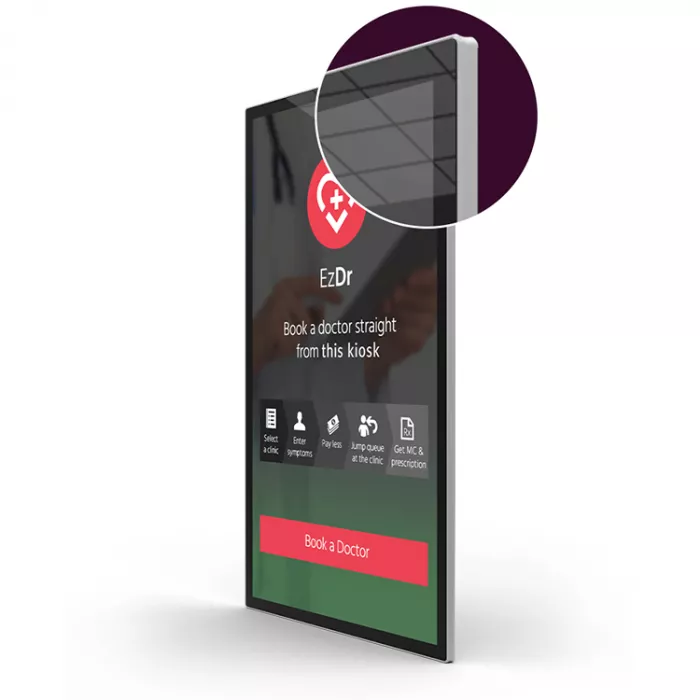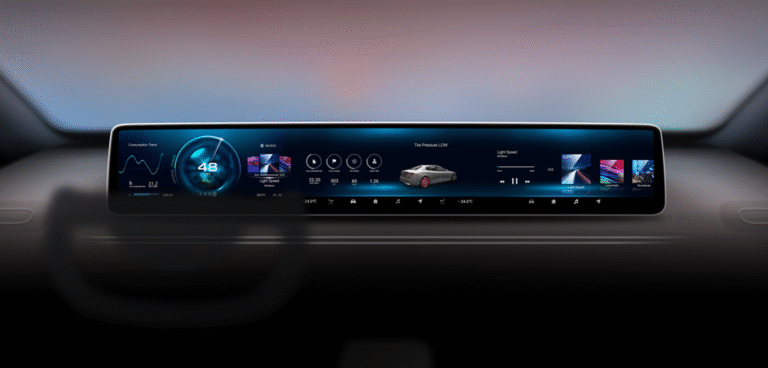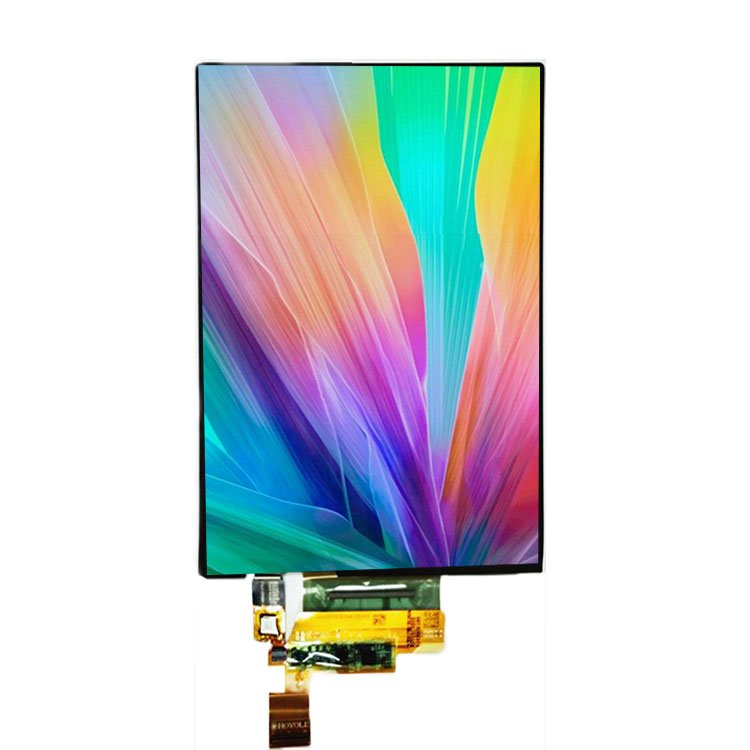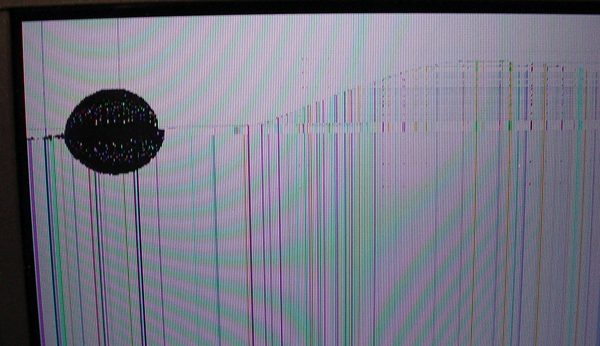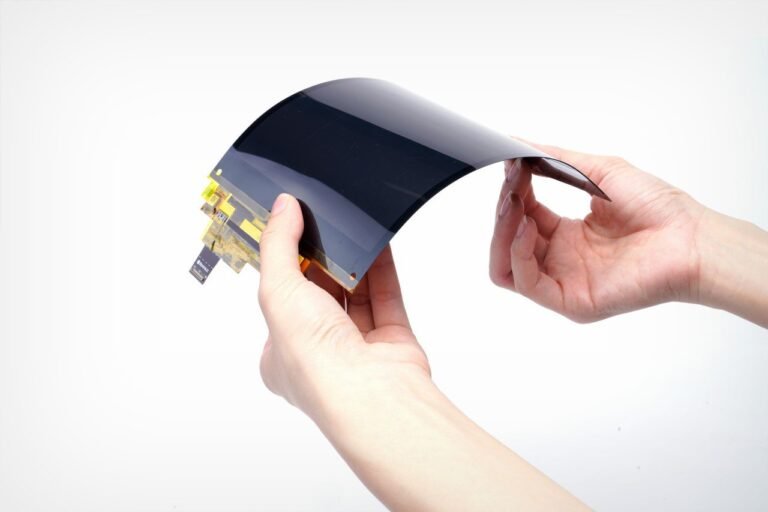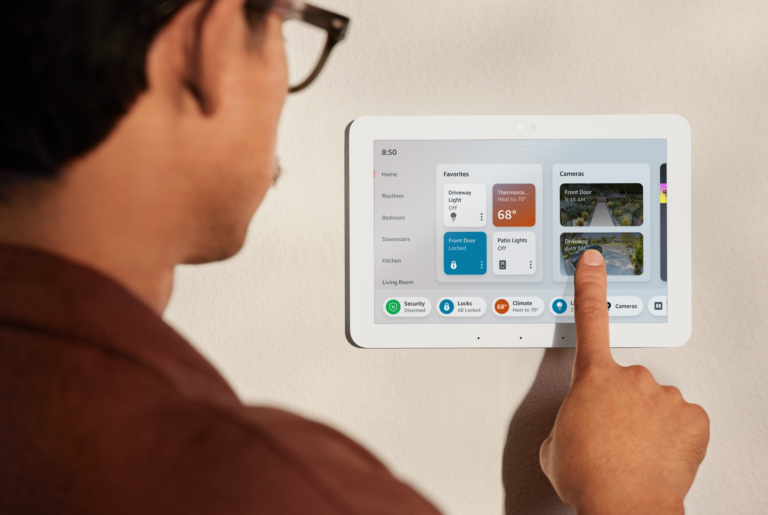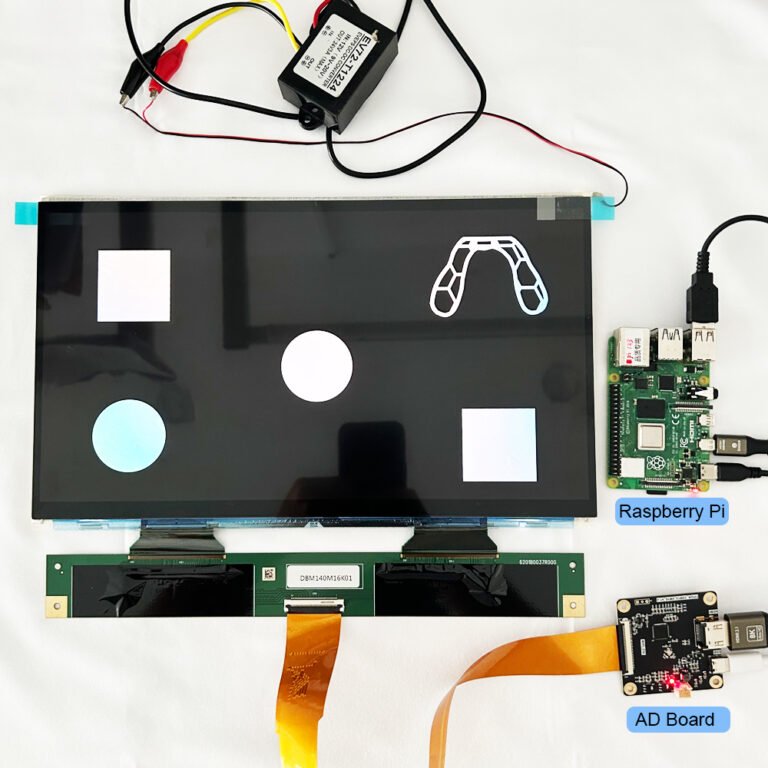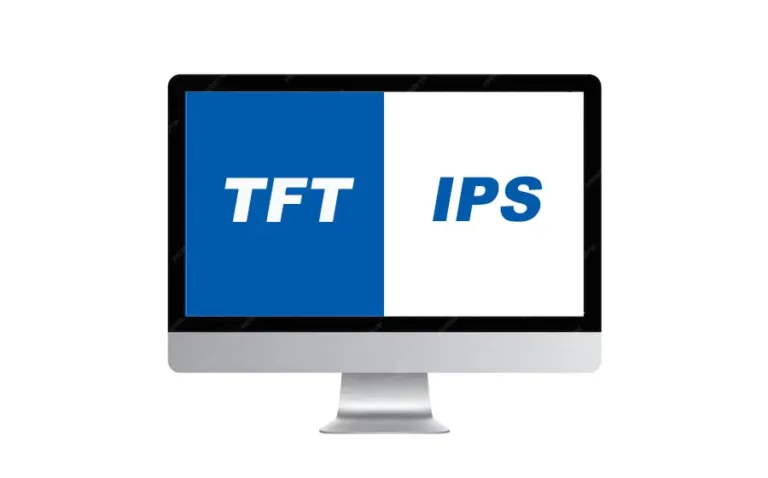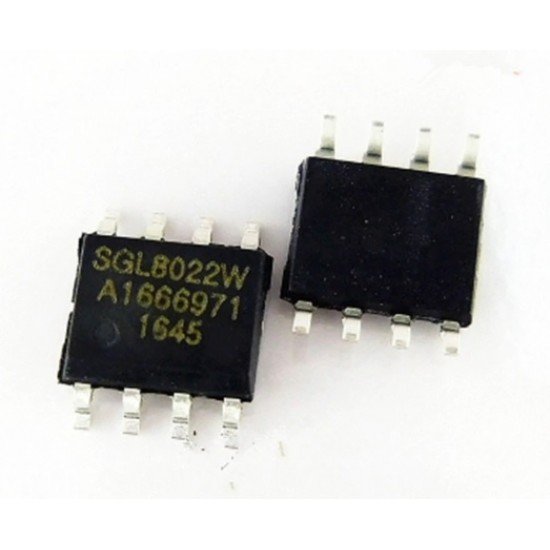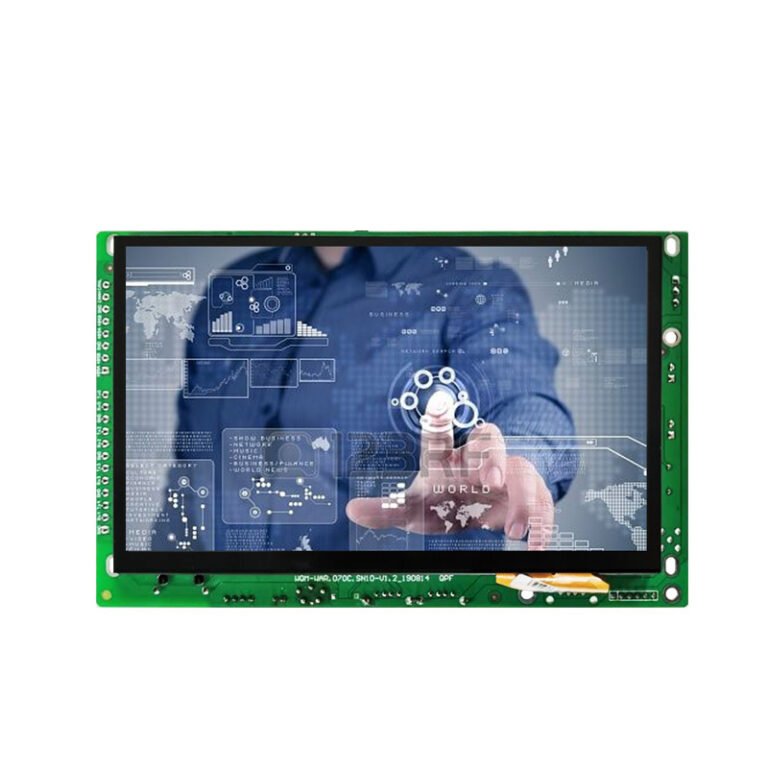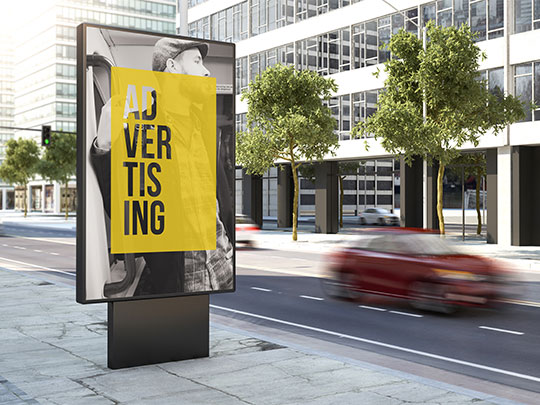Understanding TFT and IPS Display Technologies
What Is TFT?
“TFT” stands for Thin‑Film Transistor, a broad term that covers most LCD panels. Traditional TFT-LCDs, such as TN (Twisted Nematic) and VA (Vertical Alignment), offer fast response times and lower cost but tend to have narrow viewing angles and less accurate color reproduction.
What Is IPS?
IPS (In‑Plane Switching) is a subtype of TFT that delivers wider viewing angles (up to ~178°), more accurate colors, and better contrast consistency. Unlike older TN panels, IPS maintains image quality even from off-center views. However, IPS panels typically consume more power and cost more to produce.
Key Factors That Affect Eye Comfort
When comparing TFT vs. IPS for comfort, it’s essential to look beyond the panel name. Here’s what really matters:
1. Blue Light Emission
IPS displays can emit less blue light than OLED or some TFT variants. Some studies suggest IPS panels may reduce harmful short-wavelength blue light exposure, making them more eye-friendly in low-light or evening use.
2. Flicker (PWM vs DC Dimming)
Brightness control is critical. Many screens use PWM (pulse-width modulation), which can create invisible flicker that leads to headaches and eye strain.
- IPSパネル: high‑end models often support flicker‑free (DC dimming), but budget models may still use PWM.
- Some TFT variants reportedly avoid PWM altogether, making them better for sensitive eyes.
3. Brightness & Contrast
- IPS LCDs: rely on a backlight, so low-light environments may reveal a greyish “black” and higher glare.
- TFT panels: contrast can vary by subtype (e.g., VA has better blacks than TN).
High contrast and proper brightness tuning help reduce eye fatigue.
4. Viewing Angles & Color Accuracy
IPS panels offer consistent brightness and color across wide angles, reducing gaze shifting and eye effort. TFT-TN panels, on the other hand, suffer from color shift and brightness drop when viewed off-axis—often making users squint or refocus.
What Do Users Say?
Some users experience eye strain, headaches, or blurred vision when switching from TN to IPS—even after calibration. Others say strain subsided after a few days—suggesting adaptation plays a role.
Reports point to specific IPS subtypes (e.g., Nano‑IPS, Oxide‑TFT) associated with strain, possibly due to color spectrum or PWM behaviors.
Why Could TFT Feel More Comfortable Sometimes?
- No PWM Flicker: Some TFT-based tablets or displays use DC dimming, avoiding flicker entirely. This can make them feel smoother to sensitive users.
- User Preference: Brightness settings, color saturation, and presets heavily influence comfort. Oversaturated, high-blue-light IPS screens can aggravate discomfort.
Individual sensitivity varies—some people adapt better to IPS and others are more comfortable on certain TFT setups.
Practical Comparison
| Factor | IPS Displays | TFT Displays (TN / VA / others) |
|---|---|---|
| ビューイングアングル | Wide, consistent | Narrow (especially TN) |
| 色の精度 | 高い | より低い |
| Blue Light Exposure | Moderate (some claims of lower output) | Varies by device |
| Flicker / Dimming Technique | Often DC, but some PWM models | Some avoid PWM, others may not |
| Response Speed | Moderate (~5-8 ms typically) | Typically faster (TN fastest) |
| Eye Strain Sensitivity | Mixed—some report discomfort with IPS | Some sensitive users find simpler TFT easier |
Tips to Reduce Eye Strain Regardless of Panel Type
- Adjust brightness and contrast to match ambient lighting—not too bright or too dim.
- Use warm color temperature or software like f.lux to reduce blue light.
- Enable DC dimming or flicker-free mode—avoid PWM below ~100 Hz.
- Take frequent breaks: follow the 20‑20‑20 rule—every 20 minutes look at something 20 feet away for 20 seconds.
- Add ambient bias lighting in dark rooms to reduce eye strain from bright screens.
- Be wary of especially vivid color presets—oversaturation can cause fatigue.
Final Thoughts: Which Is Better for Eye Comfort?
The reality is: no single display technology guarantees comfort for everyone. That said:
- IPSパネル shine when it comes to visual consistency, color accuracy, and viewing comfort in environments where multiple angles matter.
- TFT(非IPSバリアント) 特定のユーザーにとってはより寛容な場合があります。特にPWM非使用の輝度制御と低ブルーライト放射を採用しているモデルではそうです。
モニターやパネルを購入する際に目の快適性を優先する場合は:
- DC調光とブルーライトフィルターを備えたIPSを選択してください。
- フリッカーに敏感であることが分かっている場合はTFTディスプレイを検討するか、特にPWM非使用モデルを探してください。
- 最終決定する前に、必ず輝度レベル、カラー設定、使用パターンをテストしてください。
よくある質問
Q1: IPSは常にTFTよりも快適ですか?
いいえ。PWMを多用する過度に明るいIPSスクリーンは不快に感じるユーザーもいれば、DC調光を備えた特定のTFTディスプレイの方が目に優しく感じる場合があります。
Q2: IPSディスプレイは長期的に目の健康に悪いですか?
本質的には悪くありません。IPSはより優れた視野角と安定した色再現性を提供します。ただし、輝度、ブルーライト、フリッカーなどの要因により、誤った使用ではあらゆるディスプレイが過酷になり得ます。
Q3: IPSはより多くのエネルギーを消費し、より多くのブルーライトを発生しますか?
IPSは通常TNよりも多くの電力を消費しますが、技術の進歩により差は縮まっています。ブルーライト出力は様々で、低放射機能を備えた設計のIPSパネルもあります。
Q4: IPSスクリーンによる眼精疲労は解消されますか?
多くの場合、はい。多くのユーザーが数日から数週間で目が適応したと報告しています。ただし問題が続く場合は、切り替えや設定調整を検討してください。
Q5: 長時間作業するプロフェッショナルに最適なパネルは何ですか?
フリッカーフリー認証、調整可能な暖色モード、低ブルーライト設定を備えたIPSモニターを探してください。



